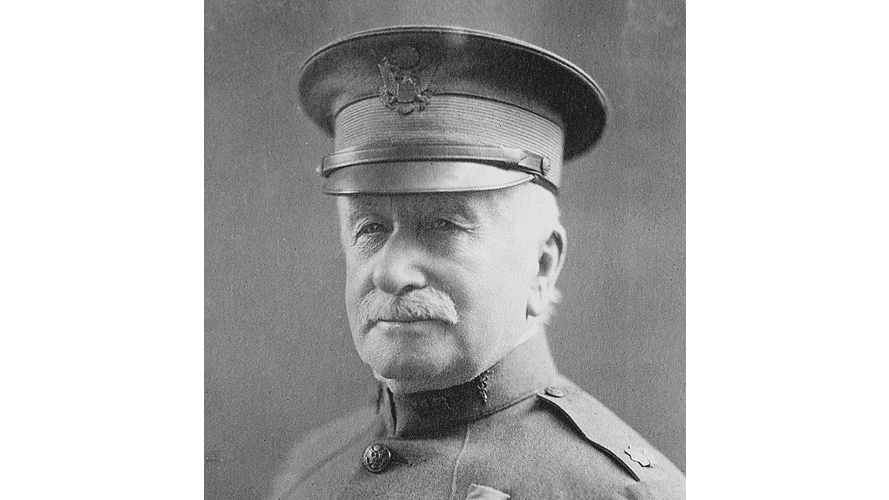By the time 1893 rolled around, W.W. Keen (1837–1932) was arguably the most prominent doctor in the country. That year, more than any other, would require his best work, because the stakes could not have been higher: The fate of America’s leader and, possibly, the country’s entire economy rested on his shoulders.
Keen graduated from Philadelphia’s Central High School and then attended Brown University. He graduated from Brown in 1859 as valedictorian. He remained at the university an additional year in preparation for his medical studies, to be conducted at Jefferson Medical College in 1860. The following year, however, would be the start of America’s great turmoil: the Civil War.






